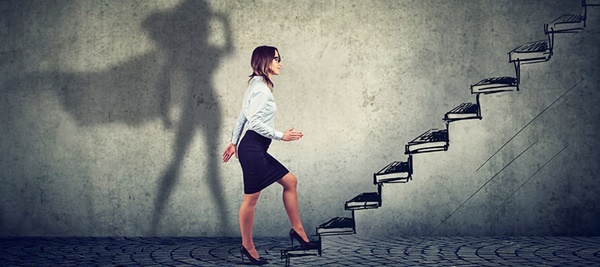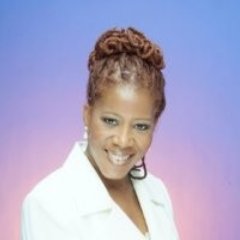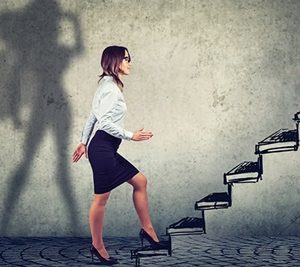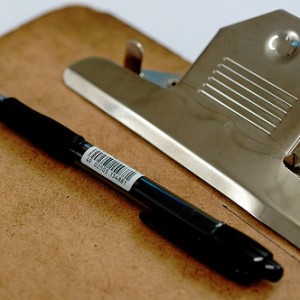3 Things You Should Know About Best Practice for Spa Retail in 2020

Best Practice: a method or technique that has been generally accepted as superior to any alternatives because it produces results that are superior to those achieved by other means.
In 2010, the United States was beginning to emerge from the Great Recession.
Spa treatment room occupancy was down by 40% and revenues had reached a plateau. But the average retail dollar per treatment had risen from US$19 to $26 in just one year. Consumers were purchasing more products and then opting to perform their own spa treatments at home.
In the light of declining treatment revenues, spa owners and directors had a renewed focus on retail as a crucial element to their spa’s bottom line.
The coronavirus pandemic is not the first time in spa history that retail has emerged as a potential champion to bolster a failing economy and create alternate streams of revenue.
Defining Best Practice for Spa
But it is the first time that we are equipped with the information and steps required to create a robust alternative revenue stream that can sustain our spas even during low customer attendance.
This has not always been apparent. For years selling was often viewed as a natural skill rather than a process and there was little empirical evidence to support investment in therapist training. So, retail remained a topic of discussion at conferences and symposiums but resulted in no industry-wide actionable items.
After years of attempting a variety of strategies to sell products, high performing spas are entrusting retail sales to the attending spa therapist.
Due to proximity throughout the guest’s journey, the therapist who performs the treatment is the one who is best equipped to make product recommendations to the guest. It’s not a question of becoming a salesperson but of fulfilling their role as a therapist.
Another outcome to facilitate this process is the use of Best Practices for Retail; measurement, education, and assessment.
Measurement
Today, spa software programs can provide you with the KPIs needed to determine how much retail your therapists are selling. But the simplest metric is that each massage, body treatment, and facial should generate a minimum sale of two retail products. In the wake of COVID-19, wellness treatments will be more in demand so massage is of particular importance.
This means that unlike before, massage therapists no longer get a pass on recommending products. They must be held as accountable as estheticians, makeup artists, and other premier sellers. We are living in emotional times and no service has more emotional triggers than massage. Every guest should go home with a product that soothes and calms. As healers, your therapists should have a strong interest in ensuring that the results achieved in their treatment rooms can be continued at home.
To that end, your spa menu should be re-assessed to overlap with your retail store. Therapists should have the ability to offer results-driven products for purchase that are the same or similar to those applied during treatment.
Setting measurable standards of how many products should be sold per treatment often causes extreme pushback from therapists and to a lesser degree, managers. But the truth is that if you can’t measure it, you can’t control it. Spa is a feel-good business but it is also a series of processes that need to be monitored and assessed.
“I’m not here to push products”, or “Customers come here to feel good, not to be sold products”.
These sentiments impeded retail sales for years and is why implementing Best Practice for Retail can be so effective.
Education
The right retail education can turn every therapist into a “lead therapist” Critical to success is a comprehensive understanding of how retail sales impacts customer retention and the overall success of the spa.
Education for therapists includes the following processes:
- How to Personalize Treatment and Products: understanding the value of the products through a solution-driven perspective.
- Customer Consultation: engaging effectively by applying empathy and discernment to questions that drill down to the needs of the guest and ensure that the most effective treatment is delivered.
- In-room Examination: the process of validation and confirmation using hands-on and observational expertise.
- Cross/Up-Selling: the ability to educate guests about a product’s benefits and appropriateness for their specific needs.
- Closing the Sale: organic recommendations of products through a personalized recap of the treatment, results, and products applied.
These are not dependent upon natural talent. They are teachable skills that set the standard for Best Practice for Retail.
Assessment
If any benefit can be found from the closing of spas from COVID-19, it’s the opportunity to do-over. Things that we know could have been better, weak areas of performance – now is a chance for correction. That includes therapist performance.
Spa is a very people-oriented business with a large number of very likable charming people. However, relying on your gut feeling about a therapist’s outputs based upon their personality is a mistake.
Drawing from three months of reports prior to spa closings, you need to determine the following:
- Average ticket
- Average ticket per therapist for a spa treatment
- Average ticket per therapist for retail sales
- Rate of customer retention per therapist
This should represent your performance baseline and provide a guide for what is acceptable based upon the revenue that your spa needs to generate. Now you need to set standards and goals.
You want to do this prior to training to ensure that every element that is important to your spa operation and culture is included.
Inform your staff that they will receive quarterly/bi-annual/yearly assessments prior to training. This announcement will be met with a variety of reactions. But it is important to note that unless they have been under a rock for the past three months they should be aware that the world has changed. It is necessary for all businesses to make adjustments and adapt to what customers need. If you have employees that pushback, this may be the right time to let them go.
Once training and development are done you need to have a process for measurement in place that allows you to assess performance easily.
With the right retail training program that employs Best Practice, you can expect to see improvements in your revenues and levels of customer satisfaction quickly.






